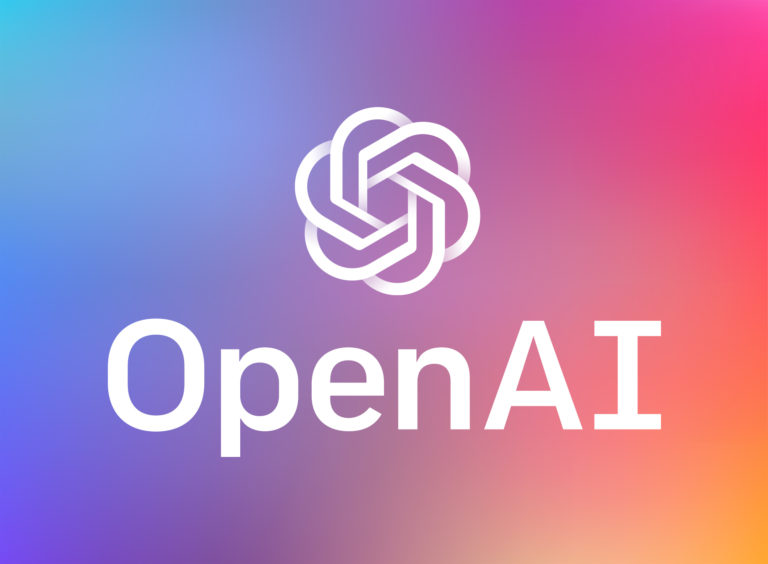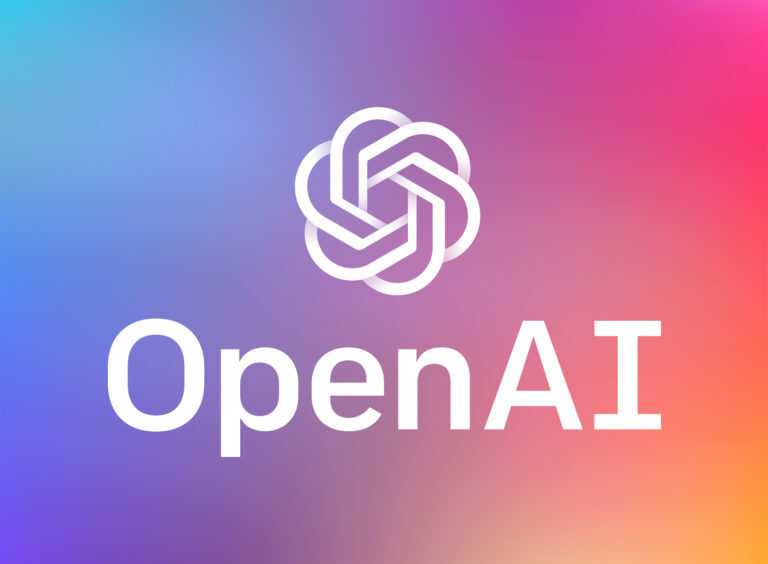OpenAI’s numbers look like they have been cherry-picked.
- OpenAI’s growth looks explosive at first glance but digging into some of the details and making deductions along the way results in a very different picture.
- Analysis of the scraps that OpenAI has allowed to fall into the public domain reveals a good business case but also a host of questions.
- First users: where in March of 2023, OpenAI announced at its DevDay conference that it has reached 100m weekly active users.
- By January this number had grown to 180m monthly active users but there is a significant difference between monthly active users and weekly active users.
- A rule of thumb that I have always used is that for the same internet service like Facebook or YouTube, the number of daily active users is around 1/3rd of the monthly active user count.
- This is because there are different types of users some of whom use the service more than others and as such daily is a subset of weekly which is a subset of monthly.
- This strongly implies that in March 2023 when it announced 100m weekly active users, the monthly count was already substantially higher.
- Consequently, in the last 9 months, the total user count may not have changed very much implying that growth in the number of users may have already plateaued.
- Second, revenues: where in October 2023 annualised revenues appear to have been at $1.3bn ($108m per month) reaching $2bn in December 2023 ($167m per month).
- For the full year 2023, total revenues were $1.6bn and combining these two data points leads to the interesting conclusion that total revenues may have already peaked for ChatGPT.
- This is because in order to make revenues of $1.6bn for the year with monthly of $108m in October and $166m in December, revenues in preceding months have to have been well over $100m.
- Hence it looks to me like there was a huge boom in revenues in March 2023 to something like $200m which then fell back as excitement palled (ChatGPT site visit stats support this) before picking up again in September.
- OpenAI believes that it can reach revenues of $4bn in 2025 which is a very modest figure if the impression of growth that the media is portraying is accurate.
- With revenues of $166m in December 2023 and explosive growth, revenues should be well over $4bn in 2024, not 2025.
- Combining the deductions from user numbers and revenues, it looks to me like there was a large boom of interest in Q1 2023 that then receded over the summer as users got bored or didn’t see value in the $20 per month and cancelled.
- This then picked up again in Q4 2023 as OpenAI launched the enterprise version of its product which I suspect could be the real engine of growth going forward.
- The only problem with this hypothesis is that in January, the OpenAI COO disclosed that there were 150,000 ChatGPT Enterprise users meaning that each seat would need to cost more than $400 per month to account for the increase in monthly revenues from $103m in October 2023 to $166m in December 2023.
- This looks high to me but then people and companies will do irrational things during a hype cycle due to fear of missing out (FOMO).
- The net result is that there is not enough data to draw a firm conclusion but I think that the most likely scenario is that it is not consumer driving OpenAI but enterprise, which I think has a limited life span in this form.
- This is because RFM research has concluded that the real use case for the enterprise is not a generic service like ChatGPT but an LLM trained on in-house enterprise data resulting in a company-specific service which will be of far more use (see here).
- If OpenAI was to offer a customised version of GPT to companies, then this could have some long-term potential, but this is not what I think is going on here.
- Hence, I am concerned that growth is going to quickly slow which combined with price erosion from competing services could exacerbate the problem.
- I continue to think that LLMs will generate less revenue and profit than the earth-shattering numbers that everyone seems to be expecting.
- Furthermore, there is no empirical evidence to suggest that these machines can reason, and they continue to hallucinate and make obvious mistakes at a frightening rate obviating them from most of the use cases currently being touted.
- Consequently, those looking for the dawn of the super-intelligent AI age are going to have to wait a very long time.
- I suspect that one will be able to acquire AI engineers and assets will be able to get much better prices over the next 12 – 18 months.










Blog Comments
Drew Breunig
February 13, 2024 at 7:53 pm
Drew the same conclusions when the “monthly” users comment was made. Saw support for the conclusion in recent mobile app analytics. I believe the UX is limiting the addressible market and they’re going to have to build apps and build partners to break out. https://www.dbreunig.com/2024/02/01/pursuing-quiet-ai.html